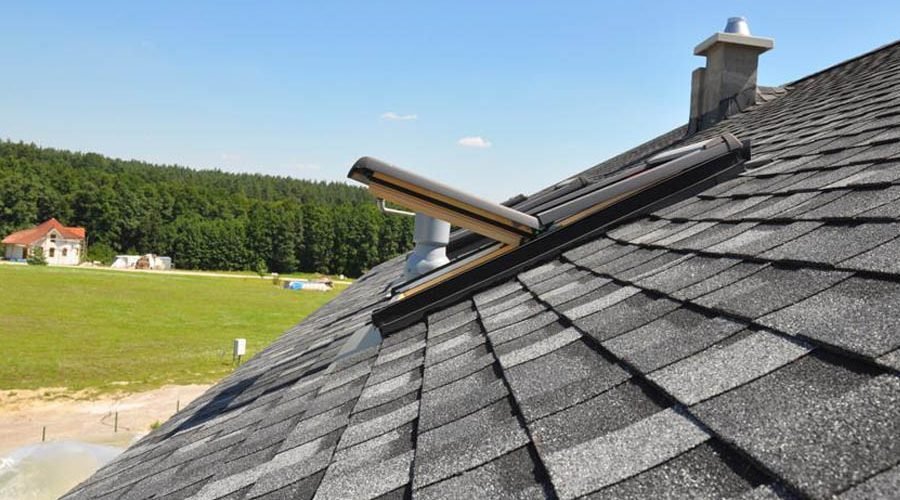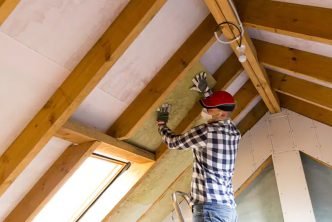The roof is one of the most important elements of your home. Due to its size, it dominates the style of your home, and since it’s one of its largest external surfaces, it directly affects heat loss.
However, it’s also one of the most expensive elements to replace. Fortunately, you’re set for decades to come once you replace it. This brings us to our biggest dilemma. The choice that you’re making is expensive and long-lasting. This means that you need to consider how you’re making it carefully.
Here are a few factors you should use to make this decision.
Table of Contents
1. Climate
The reason why roofs look differently around the world is not merely a thing of aesthetics. This is a factor, but these roofs developed due to the local climate conditions. Places with a lot of rainfall and snowfall have sloped roofs, while dryer areas tend to have flat rooftops.
According to experts behind Summit Construction Group, style is no longer a big concern because of modern roofing practices. After all, you can have a flat roof in Minnesota without any problem. All you need is the proper construction practice and the suitable material.
Material is, and always will be, a concern. So, before you start, determine your local climate and inquire with the local roofing companies from Premier Home Solutions about the best materials/practices. Getting a quote from a professional can make a bigger difference than hours of independent research.
2. Budget
While roofing costs depend on the climate, the national average roof replacement cost is around $8,000. Remember that this depends on the material and the surface of the roof. Since the size of your roof is what it is, the choice of material will make the price difference. So, it’s far wiser to rely on your calculation rather than to use some universal formula.
If you wanted to go with a low-cost replacement, you would pay somewhere in the ballpark of $5,500. Now, low-end isn’t necessarily a bad idea. It’s still a new roof, and it will make up for the deficiencies of the old one. On the other hand, high-end costs are, on average, over $11,000. In other words, the discrepancy is almost double.
The big question is, where do you get the money? A house remodeling loan is a logical answer. Home equity loans, personal loans, and credit cards are some of your other options. The best part is that there’s an ROI since you will save money on energy. Speaking of which…
3. Energy efficiency
About 35% of all heat leaves your home via a roof. This means that replacing your roof might fix the energy loss rate of your home. If there are any gaps, like missing shingles, etc., this will help fix the problem. Also, while roofing, you can insulate the attic, thus further increasing the effect.
The most important thing to remember is that the roofing material makes a difference. For instance, metal roofing has the best energy-efficient properties. The problem is that it’s also quite expensive, and some people dislike the aesthetics. Fortunately, tile roofs and asphalt shingles have impressive thermal properties without any drawbacks.
Now, it’s worth mentioning that the slope and shape also affect energy efficiency. Generally speaking, flat or low-sloped roofs are great for energy and efficiency; however, they’re not ideal in areas with much snow.
4. Weight
Different materials have different weight and density ratios. This means that a heavier material puts more weight on your roof construction. So, let’s say that your roof structure was made with a lighter material, and now you want an upgrade.
This will not necessarily work. Moreover, although roof structure is made to withstand ages, this won’t always be the case. If the structure is defective and the roof has poor airflow, the rotting of the structure may be much faster than expected. The same goes for pest infestation (termites). Even mouse infestation can be a huge problem in this regard. Your roof structure may still be strong enough to hold the existing load but what about the upgrade?
Also, as we’ve already used Minnesota as an example, it’s essential that you factor in the weight of the snow. There are other “extra weight” factors, as well. What if, in the nearest future, you decide to install solar panels? Some roofing materials are heavier than others. Contrary to popular belief, slate is significantly heavier than aluminum. You must carefully read the properties before you decide to buy.
5. House’s architectural style
You should never ignore the style of your home. Even if it’s not a historic building, your home was made in a particular style. Changing the roof material may drastically change how it looks, and the results may not be what you like.
Fortunately, you have all the tools to check this out in advance. First, go online and check for examples of similar homes with that particular roofing type. If not, just look for the roof type and browse Google Images or Pinterest until you find something similar.
Another thing you could do is use a 3D modeling tool like SketchUp. This way, you can understand how your home would look with a different (new) roof. The tool is relatively easy to use and has a free trial version.
6. Local building rules
As we’ve already mentioned, if it’s a historic building, you may have to ask for special permission to remodel it. If the difference is too extreme, you might not get permission. However, even without this extraordinary circumstance, you must do a lot of paperwork.
The problem is that this varies from one municipality to another. So, there are no general rules or tips. Remember that fees are involved, and getting all the permits might take some time. So, start researching and filing for the necessary permits as soon as possible.
Wrap up
Finally, you shouldn’t count out your personal preference either. Most guides don’t give a definitive answer like X is better than Y. Even when there are advantages, the differences are nuanced and not drastic. So, you have the luxury of making the right decision, even if it’s not better on paper. Still, it always helps that you get all the answers.





